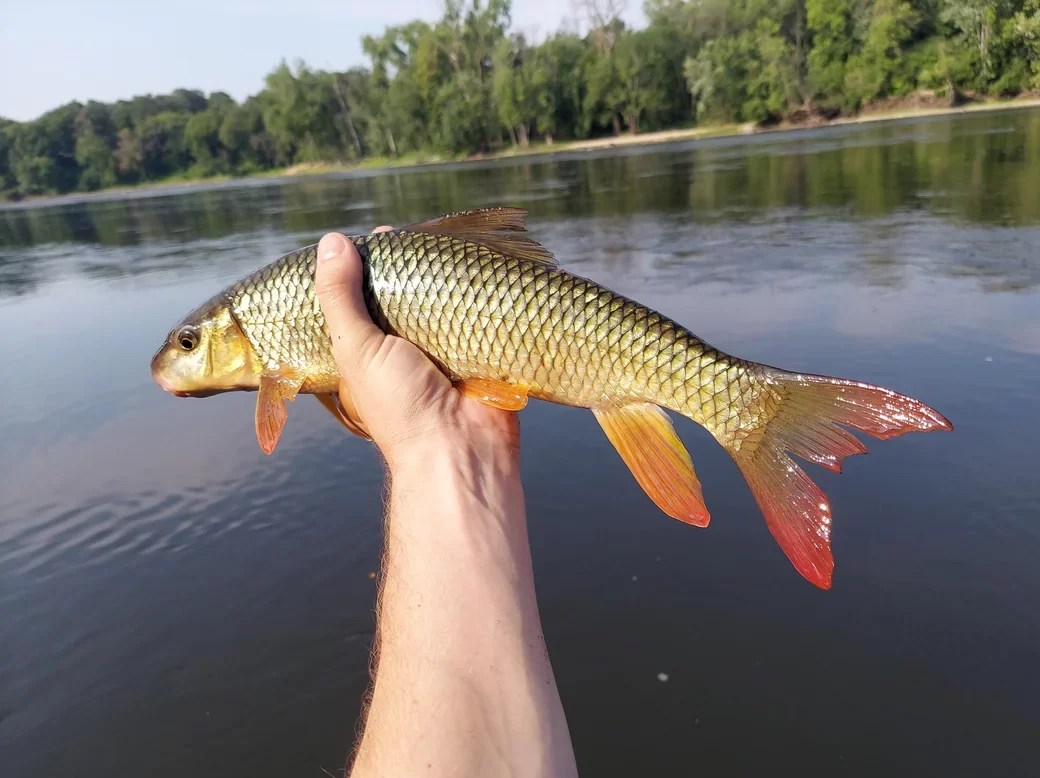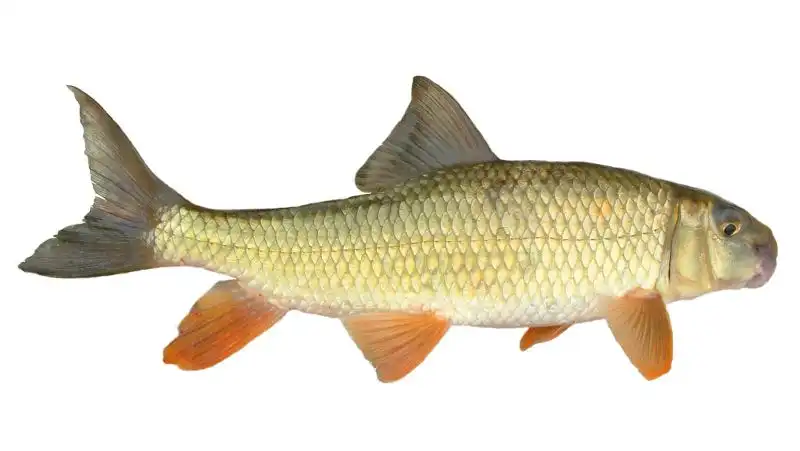Where to Catch Redhorse Sucker Fish?
Introduction
Fishing enthusiasts often seek out unique species to expand their expertise and enjoy diverse angling experiences. One such fascinating target is the Redhorse Sucker Fish. Known for their vibrant colors and ecological importance, these fish provide an exciting challenge for anglers of all skill levels. Whether you’re a seasoned fisherman or a beginner looking to try something new, learning about Redhorse Sucker Fish can deepen your appreciation for aquatic ecosystems and improve your fishing game.
Overview of the Redhorse Sucker Fish
Characteristics and Appearance
Redhorse Sucker Fish are members of the catostomid family, renowned for their distinctively shaped bodies, which feature elongated forms and sucker-like mouths. Their scales often display hues of gold, silver, or bronze, giving them a striking appearance in clear water. Some species exhibit bright red fins, adding to their allure for anglers and nature enthusiasts alike.
Behavior and Diet
These fish are bottom feeders, using their specialized mouths to forage for aquatic invertebrates, algae, and detritus on riverbeds. Their feeding habits contribute to maintaining a balanced ecosystem by controlling algae growth and recycling organic material. Observing their behavior provides clues for effective fishing strategies.
Importance in Ecosystems
Redhorse Sucker Fish are considered indicators of environmental health. Their presence signifies clean, oxygen-rich waters, making them essential for monitoring ecosystem vitality. Catching them involves understanding their habitat preferences and respecting their ecological role.
Why Anglers Are Interested in Catching Them
A Unique Challenge
Redhorse Suckers are not your average catch. Their elusive nature demands patience, skill, and a keen understanding of aquatic environments. Successfully hooking one of these fish offers a sense of accomplishment that few other freshwater species can match.
A Testament to Healthy Waters
Fishing for Redhorse Suckers often leads anglers to pristine environments, allowing them to enjoy untouched natural beauty. These experiences emphasize the importance of preserving freshwater habitats.
Understanding the Habitat
Preferred Environments
Redhorse Sucker Fish thrive in freshwater rivers and streams with moderate to fast currents. They favor areas with sandy or gravelly bottoms, which provide ideal conditions for feeding and spawning. Clear, unpolluted water is a critical factor in their habitat selection.
Seasonal Movements and Spawning Habits
In spring, Redhorse Suckers migrate upstream to spawn, congregating in shallow, gravel-bottomed areas. This behavior makes them more accessible during their reproductive season. Observing these migrations offers a unique opportunity to witness natural phenomena and plan targeted fishing trips.
Top Locations in North America
- Mississippi River Basin: Known for its extensive waterways, this region hosts a variety of Redhorse species, including Golden and Silver Redhorse.
- Great Lakes Tributaries: Clean, oxygen-rich waters in this area provide an ideal habitat for these fish.
- Appalachian Streams: The rocky, clear waters here are a haven for Redhorse Suckers, offering excellent fishing opportunities.
- Southern Rivers in the US: Rivers such as the Tennessee and Alabama are hotspots for anglers seeking Redhorse Suckers.
Fishing Techniques
Recommended Gear
Using the right gear is essential for success. Light tackle is ideal, as Redhorse Suckers are not particularly large but can put up a spirited fight. Small hooks paired with live bait, such as worms, crayfish, or even small aquatic insects, are highly effective. A sensitive rod and reel setup will help detect subtle bites.
Best Times of Year and Day
Spring is the optimal season for catching Redhorse Suckers due to their spawning migrations. During this time, fish are more concentrated and easier to locate. Early mornings and late afternoons are particularly productive, as the fish are most active during these periods.
Techniques and Tips
- Drift Fishing: Letting your bait drift naturally with the current mimics the movement of food, increasing your chances of a strike.
- Sight Fishing: In clear water, you can often spot Redhorse Suckers feeding on the bottom. Casting directly to them improves accuracy and results.
- Patience and Observation: Watching for subtle movements or changes in water flow can indicate the presence of fish.
Conservation and Ethical Practices
Catch-and-Release Techniques
While Redhorse Suckers are not typically sought for consumption, practicing catch-and-release ensures their populations remain stable. Use barbless hooks to minimize injury and handle fish gently to reduce stress.
Respecting Habitats
Avoid disturbing spawning grounds and always leave fishing locations cleaner than you found them. These small actions contribute to the long-term health of aquatic ecosystems.
Conclusion
Fishing for Redhorse Sucker Fish offers a unique blend of challenge, beauty, and environmental awareness. By understanding their habits, habitats, and the techniques required to catch them, anglers can enjoy a rewarding experience that goes beyond the thrill of the catch. Remember to fish responsibly, respecting the delicate balance of nature that makes these adventures possible.
Feel free to ask any questions you might have about anything you read in this blog.
We started Reel Guides to make it easy to book fishing trips around the United States.
Click here to browse and book your next fishing charter in Florida!
Readers can benefit from a special promotion code from Mustad Fishing.
Use promo code REELGUIDES for an additional 20% off your next order at www.mustad-fishing.com.



